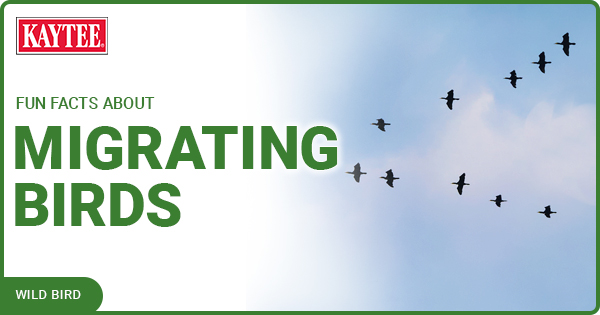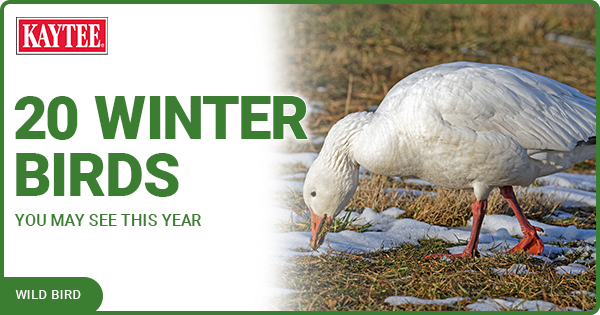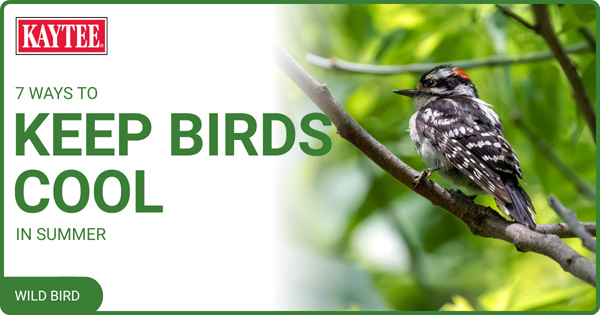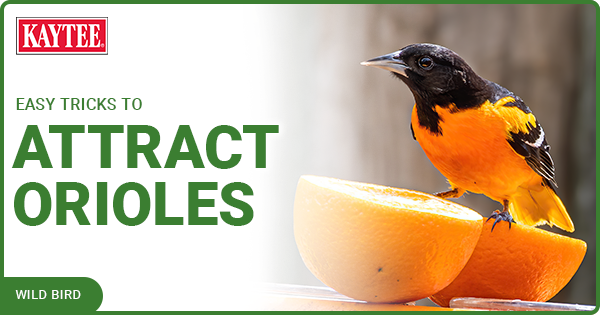How To Help Birds In Winter
Birds are built for winter survival. Their feathers and specialized circulatory systems give them the opportunity to live in much colder temperatures than other animals. Some, like the Common Redpoll, can survive in a staggering -70℉! In addition to how they're naturally built, birds also have several behavioral strategies for coping with shivering like tucking in their feet and faces, fluffing feathers and roosting in groups. To assist them in your backyard, consider the following for how to help birds in winter:
What To Do:
Begin with immediate benefits by providing high energy food. Birds need lots of calories to stay warm so items like suet, peanuts, mealworms and black oil sunflower seeds are great for them. For cover against predators and harsh weather, place feeders near a building or evergreen trees and shrubs. You might want to snip a few evergreen branches and attach them to the feeders/poles to add a layer of protection and a nifty place to perch! Be sure to keep feeders clean and stocked regularly.
Consider providing a heated bird bath. Depending on your climate, this might be accomplished as easily as placing the bath in a sunny spot. Unfrozen water is hard to come by in winter so keeping a clean and proper/safe water source is helpful. Change the water every two to four days, and consistently clean everything.
Hang nesting boxes for community sleeping. Generally, these types of boxes have a front entrance hole toward the bottom to allow the heat to rise but cuddling and sharing body heat is a strategy of many birds during sleeping and nesting boxes can be repurposed for winter.
Choose native plants for your yard and garden. Flowering shrubs, grass and trees (such as evergreen and fruit-bearing) aid provide birds opportunities to survive and thrive in winter. For example, cedar waxwings are attracted to evergreens and may visit in groups. During planting seasons, do a bit of research online or call your local nursery for a list of flora species native to your area.
What Not To Do:
Forget to check food. During the winter months, wild bird food is more susceptible to be exposed to moisture trapped in your feeder and as snow melts. Make sure to check your food for freshness and remove any seed or food that shows signs of spoilage or exposure to moisture.
Spray. Chemicals designed for killing weeds and even those made for "improved" lawns are just that - chemicals. Birds and the food sources they depend upon (insects in particular) are quite vulnerable to having adverse reactions around certain toxins. Instead, mulch your grass for natural fertilization and harmless weed suppression.
Snip perennial flowers. If you let them go to seed, native plant species can feed birds all winter. They also hold insect larva, a bird superfood!

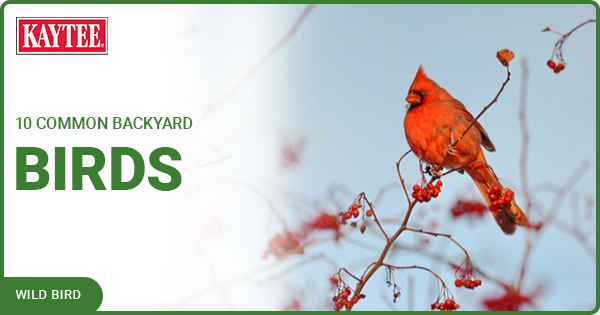
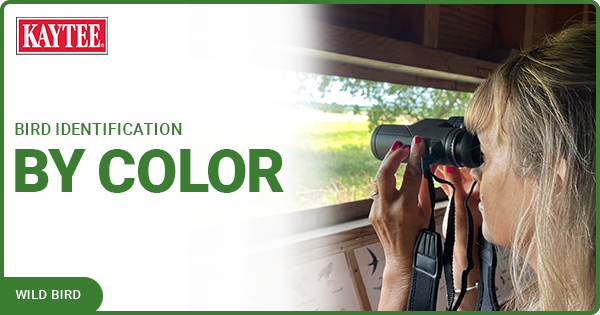
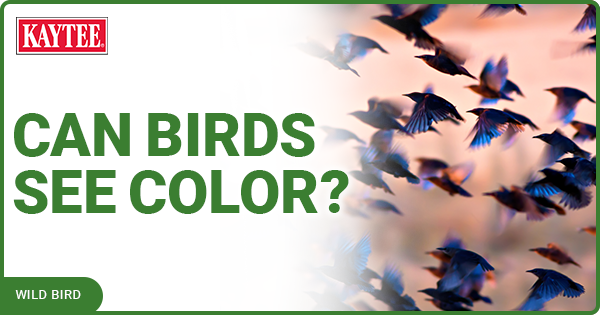
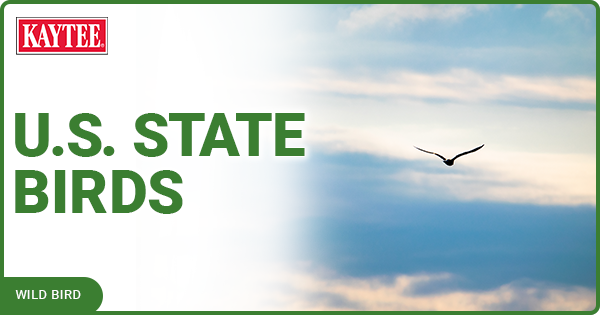
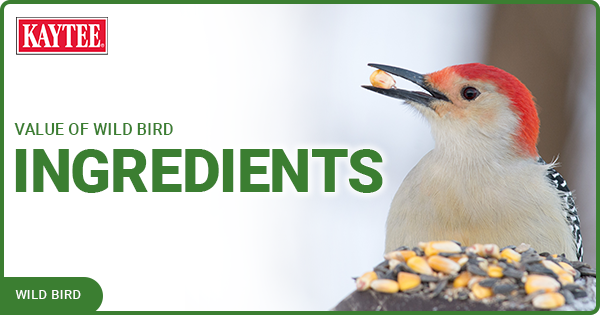
.png?h=315&iar=0&w=600&hash=9C09A701CB4D5CF9B2C5B7FA2DA01F2E)
